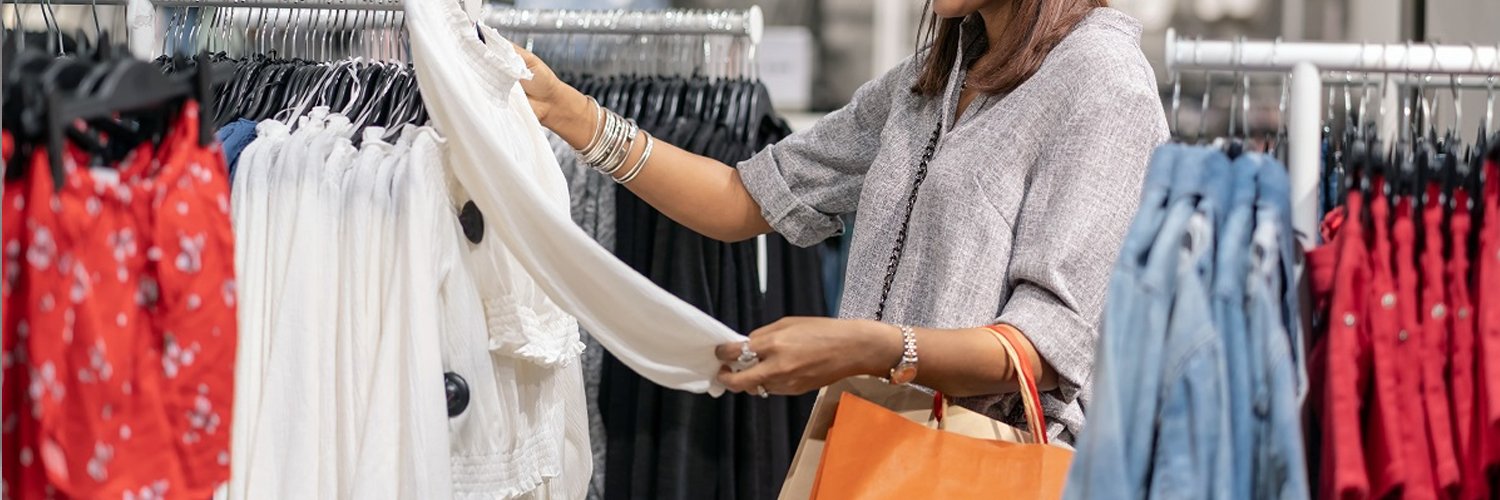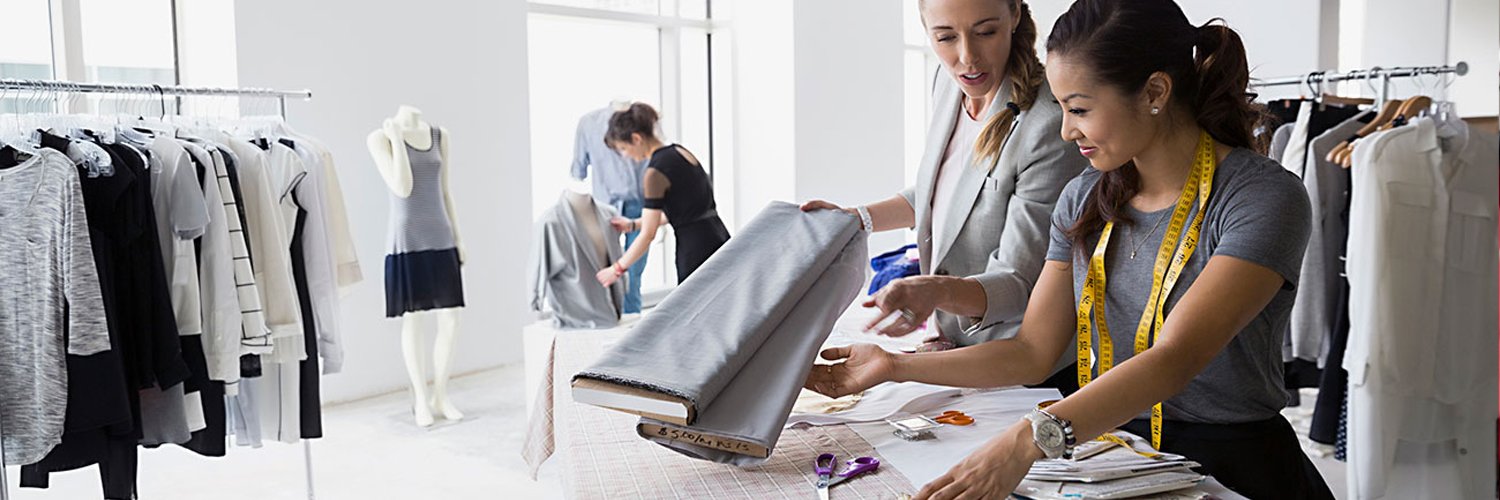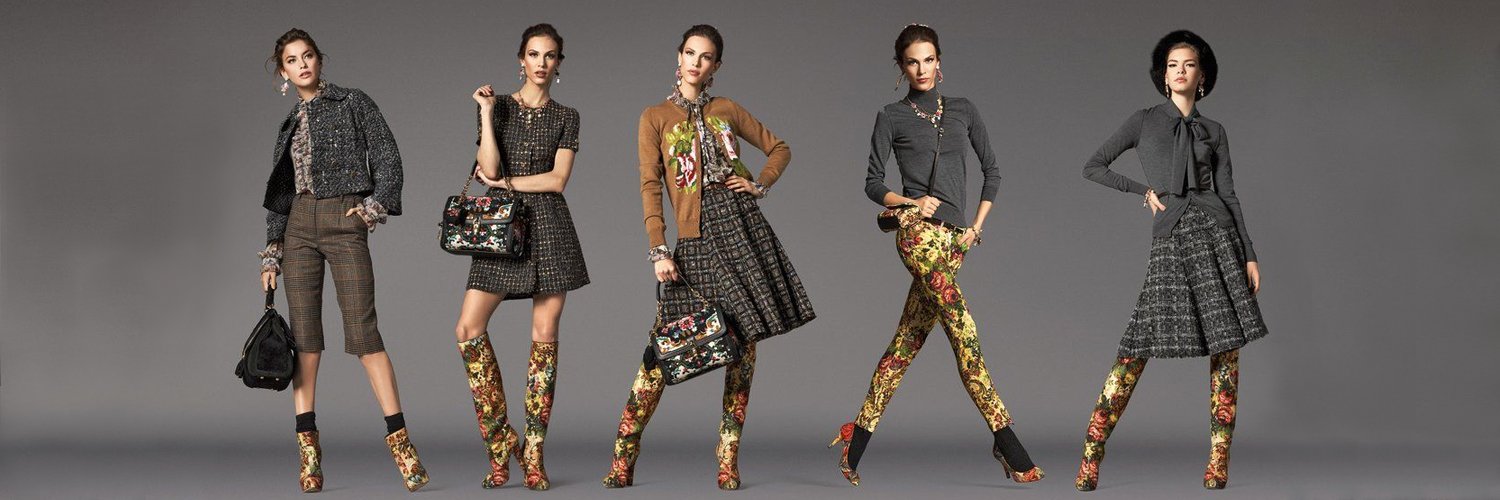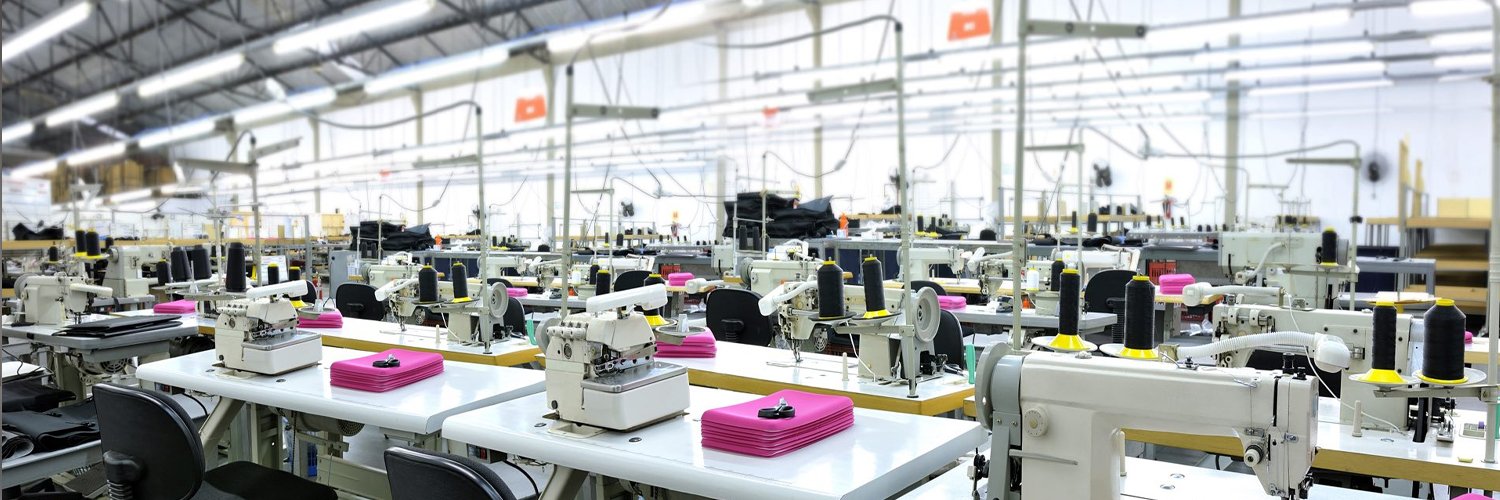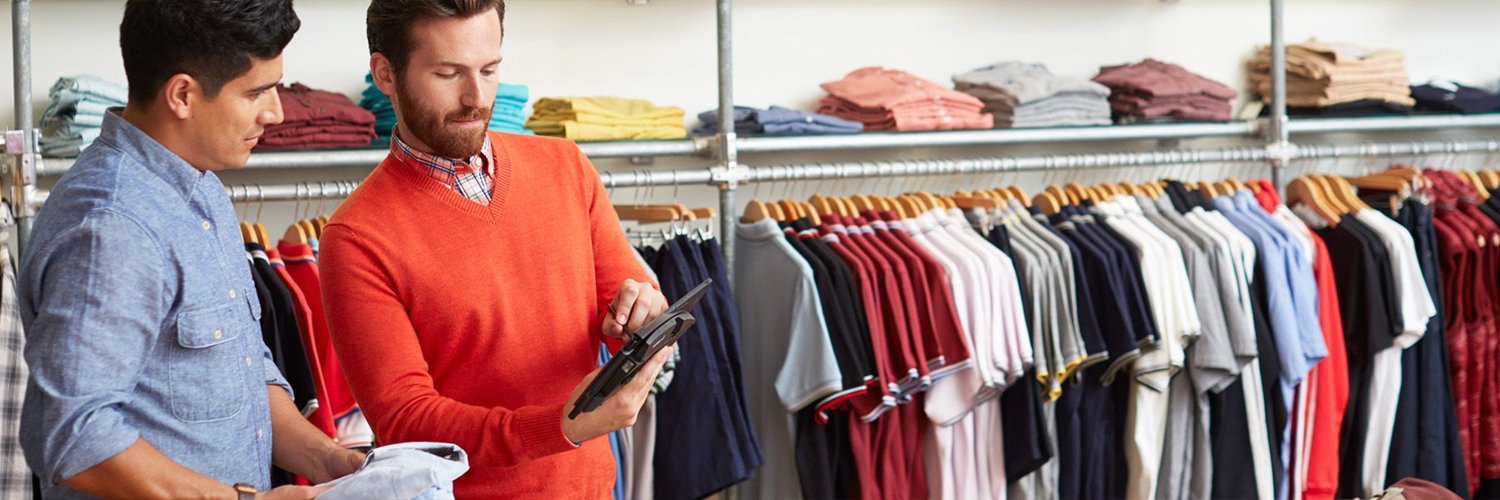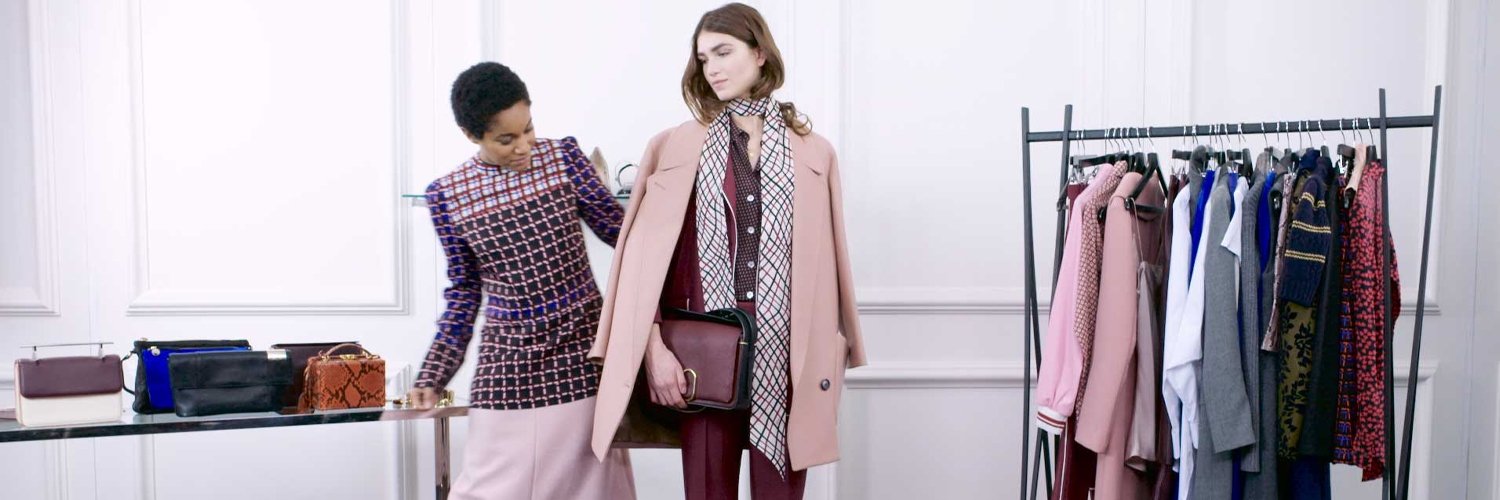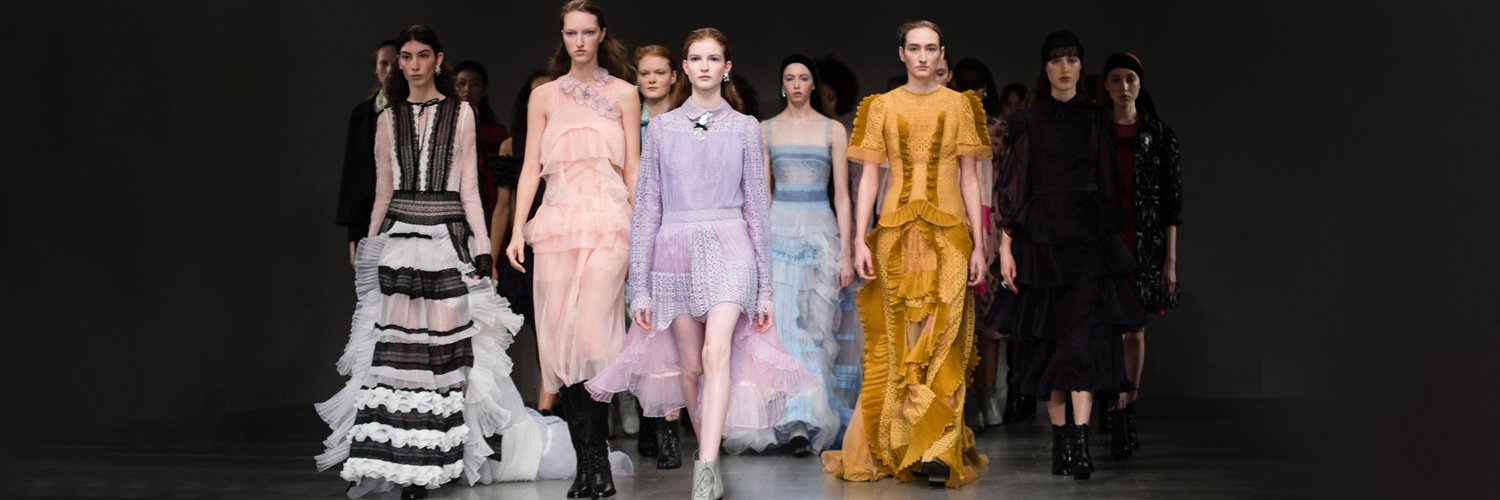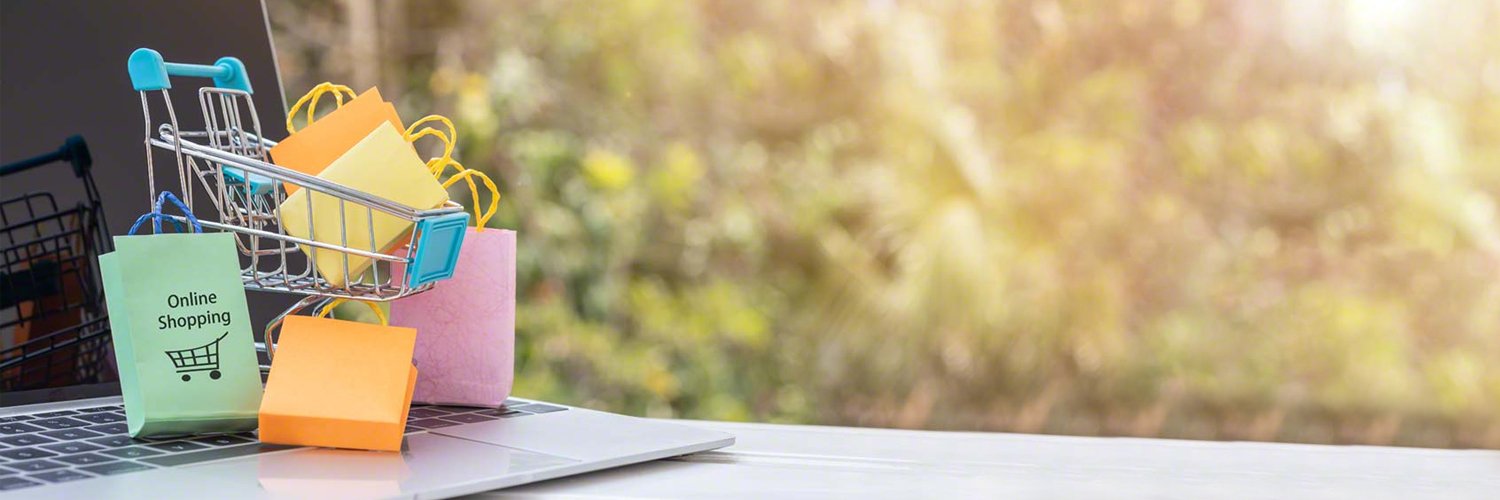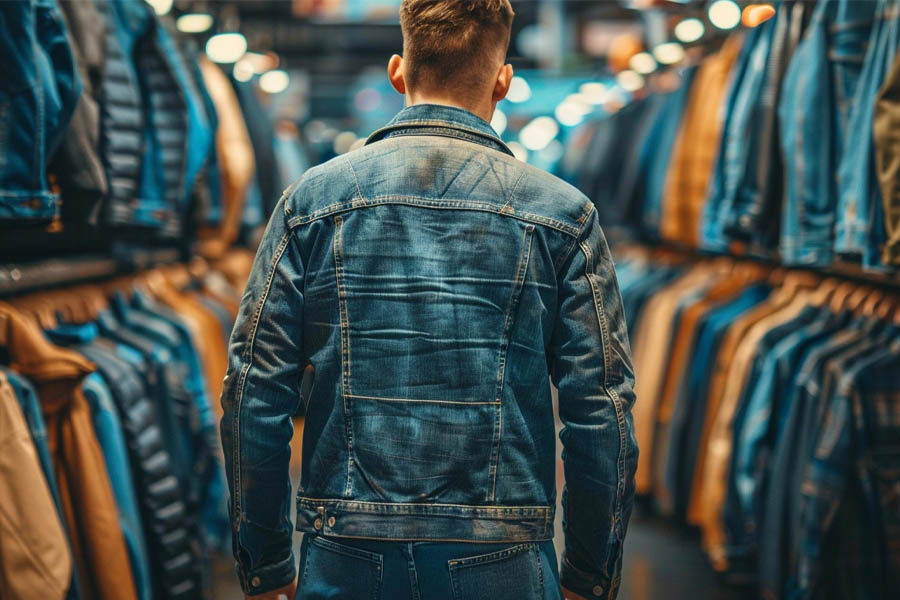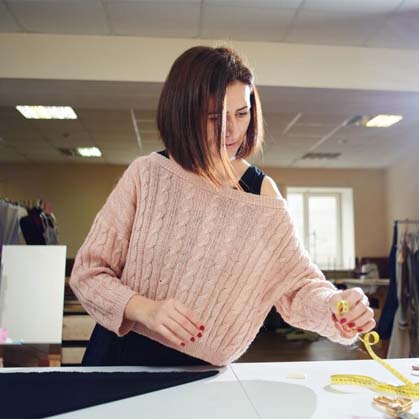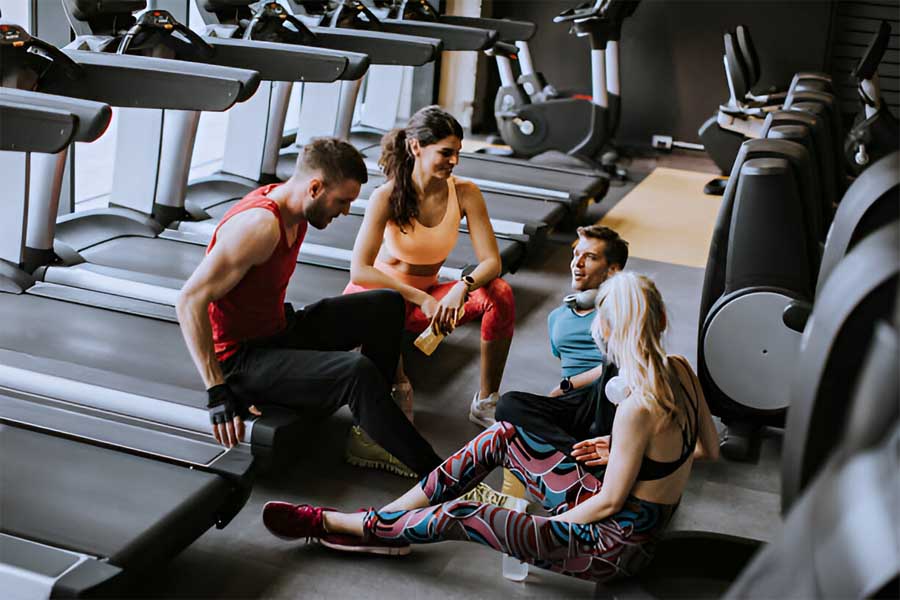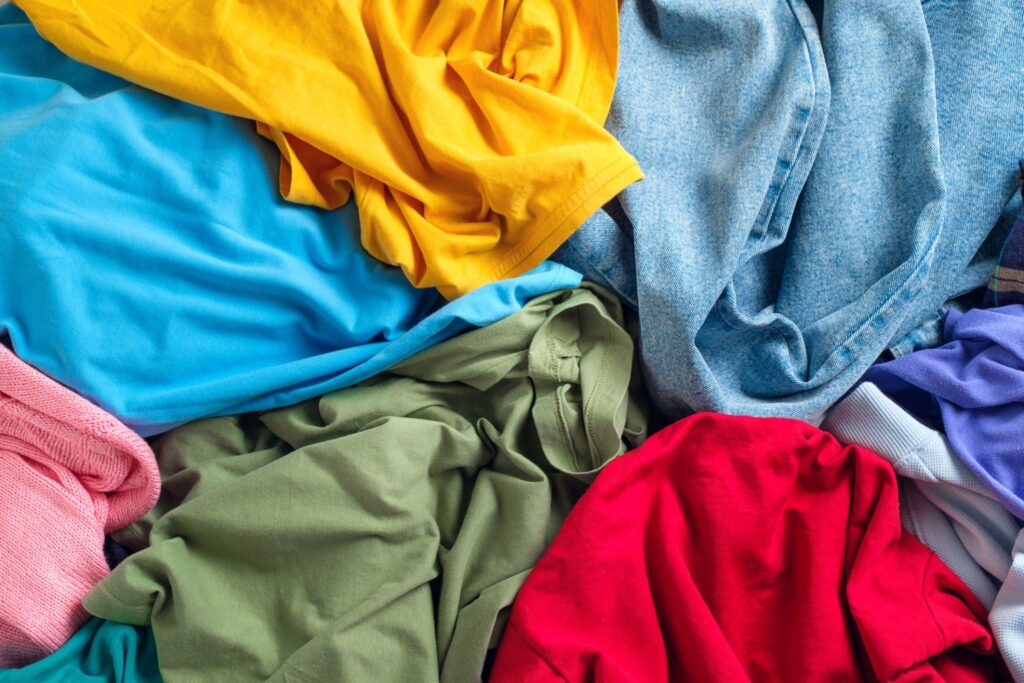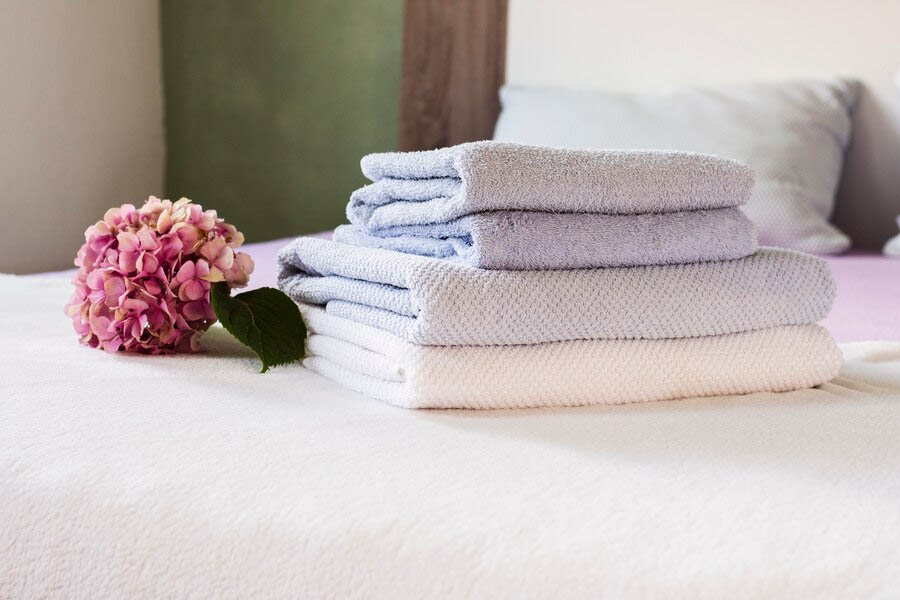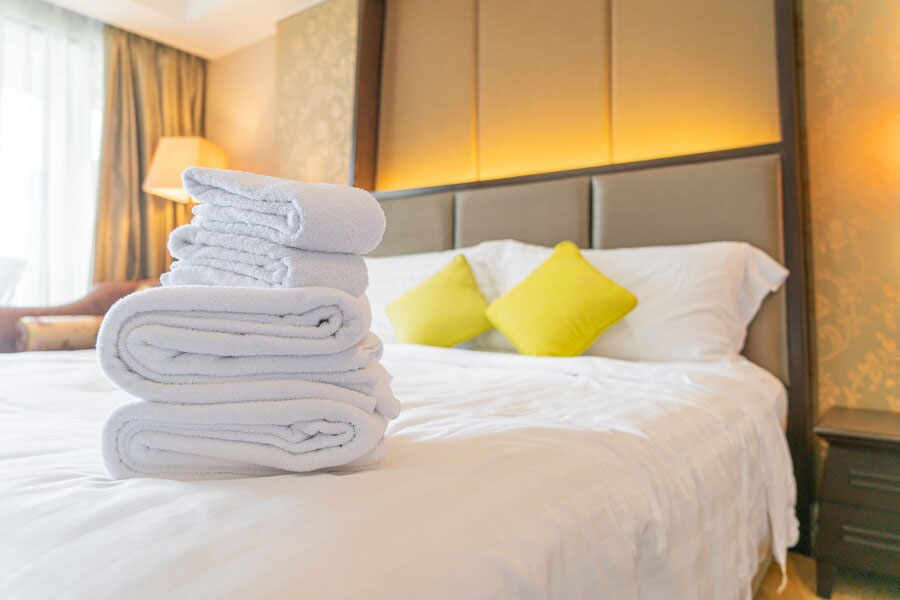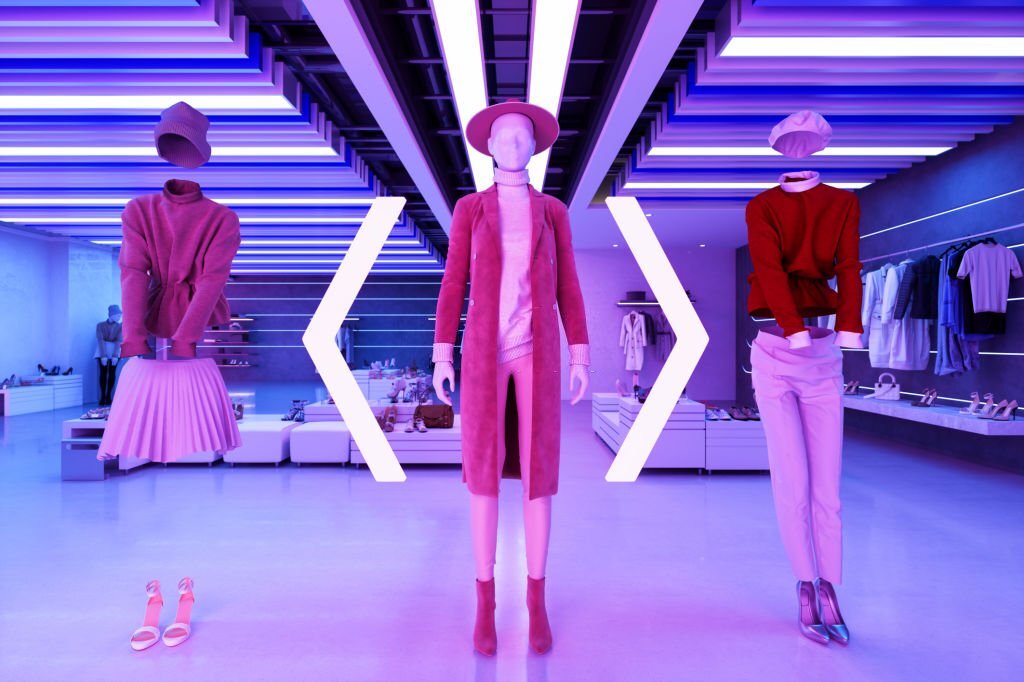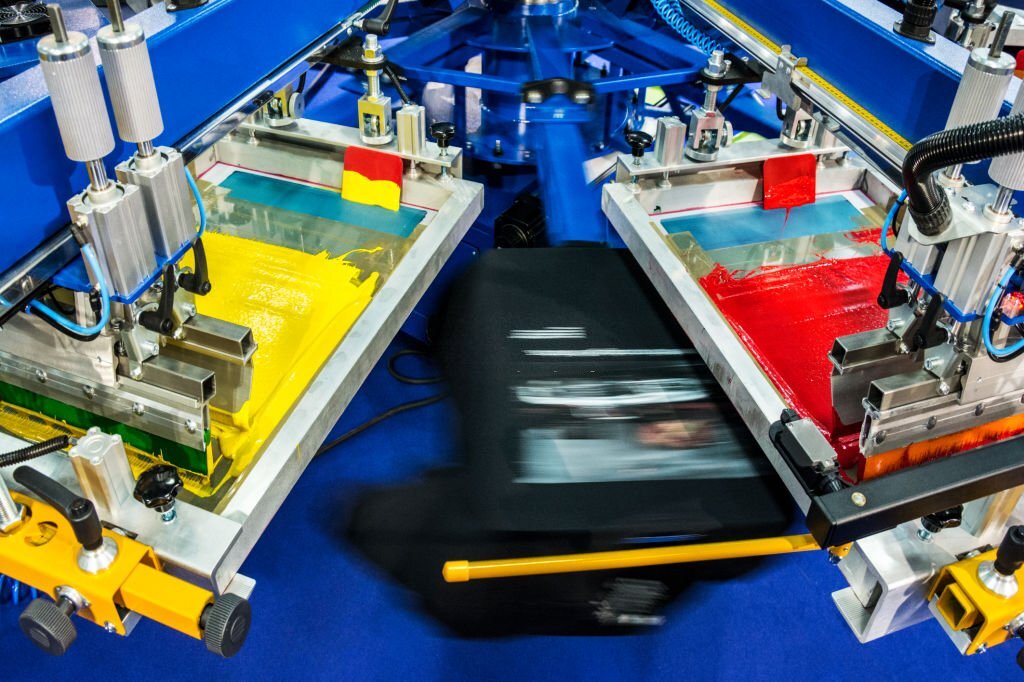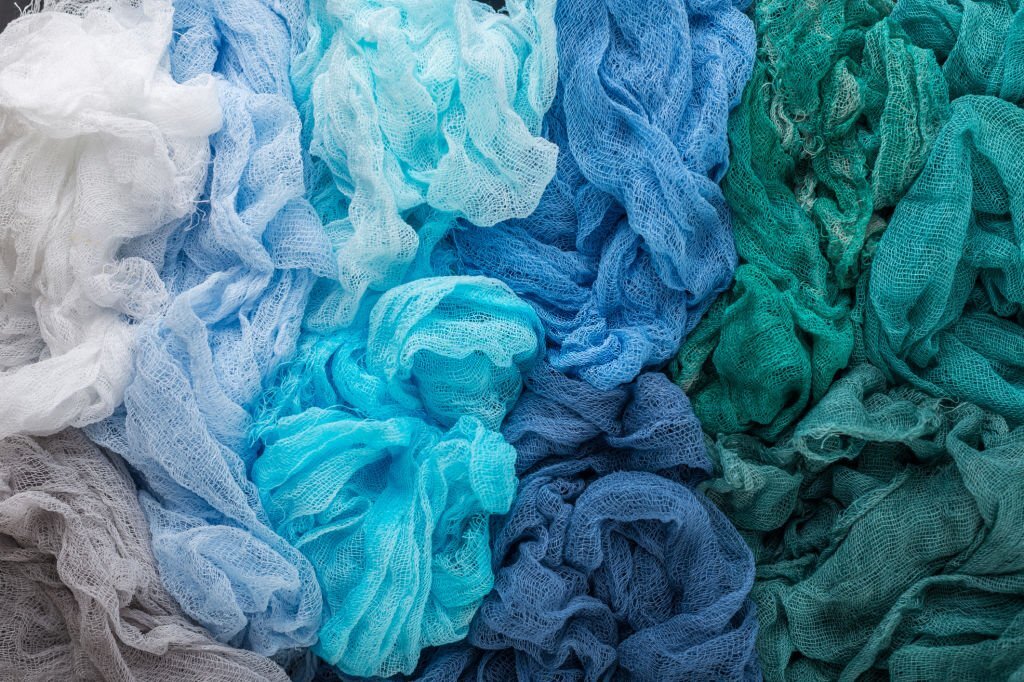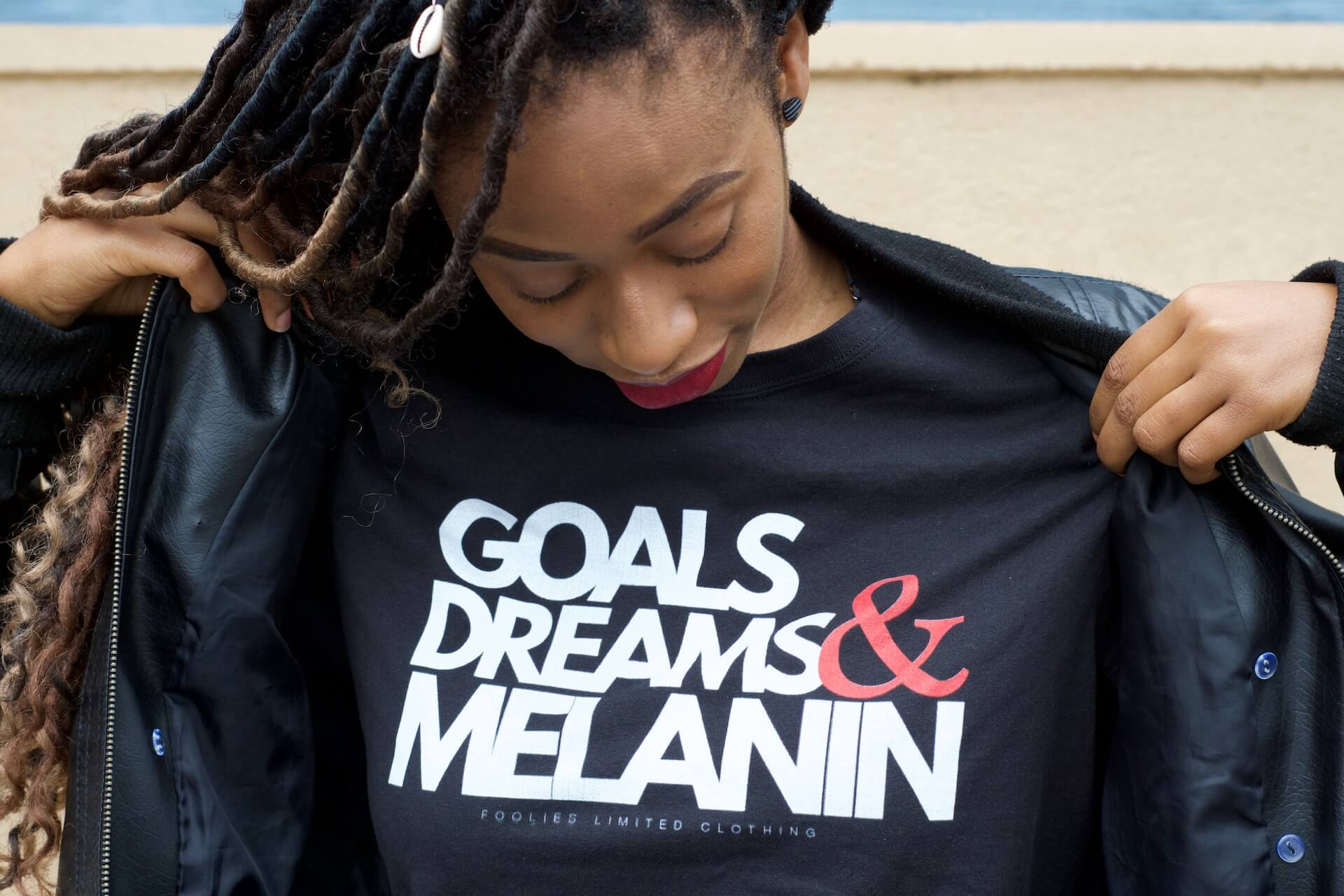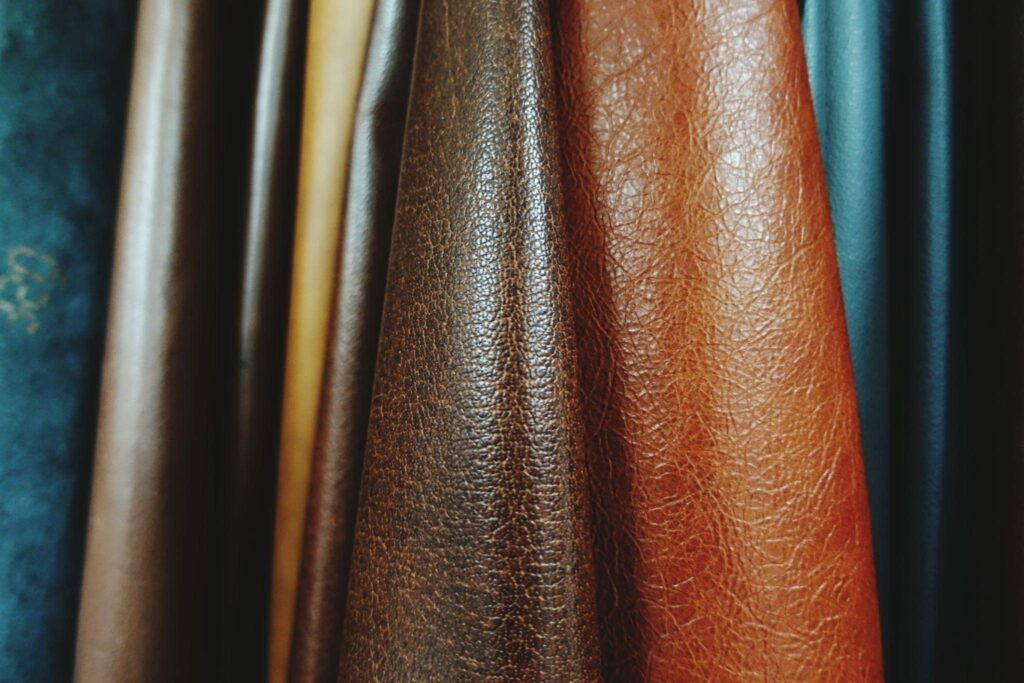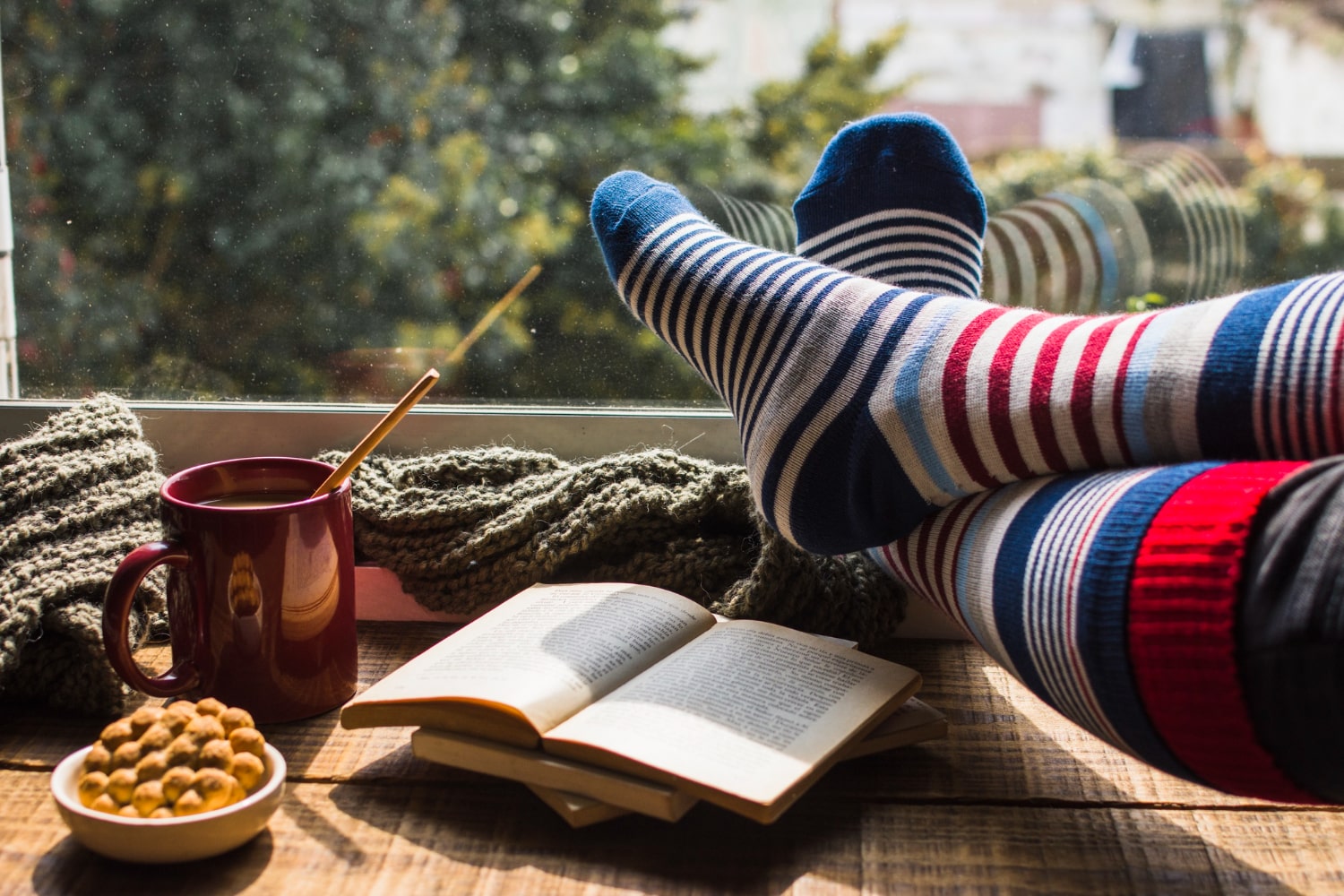Tech packs are essential. They provide essential information to the stakeholders, and because of them, the manufactured products look exquisite, what they are supposed to.
But what is a tech pack?
To be specific, a tech pack or a technical pack is a specialized and precise document that contains all the necessary information about your product. It might look like some other random document in the proceedings, but it is different.
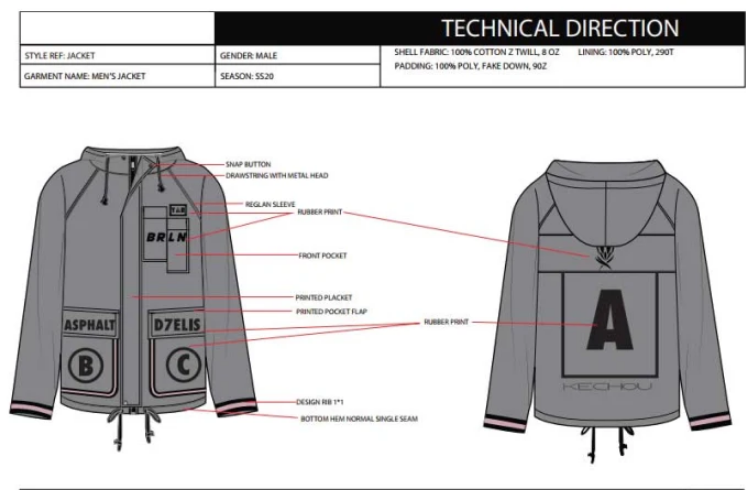
This document provides in-depth details about the product to the designers and the product teams. The tech pack makes it convenient for everyone to understand the tiny details about new collections and expunges the possibilities of the manufacturer making mistakes.
There have been issues when designers and production teams overlooked the importance of this document. Costly production reruns, hefty delays, and whatnot – the tech pack’s significance cannot be brushed under the carpet.
Tech packs for clothing manufacturers can be of different types, as per the product requirements and details. But there are a few details that must be included in every technical pack. Let’s have a look at them.
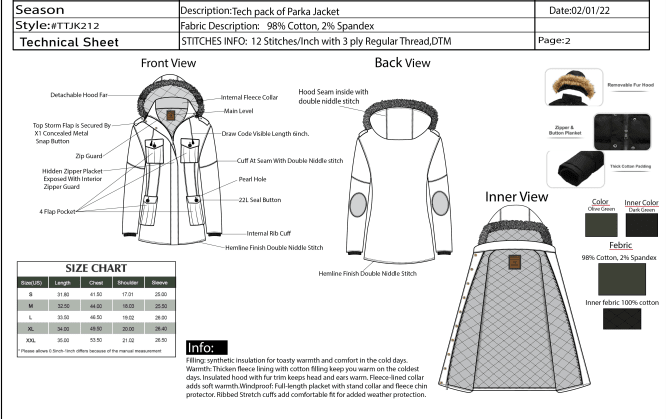
Must-Haves In Your Tech Pack
Although a technical pack can have a number of formats depending on what the manufacturer wants, there are a few must-haves.
-
Quantity & Sizing
A technical pack must have a table or chart explaining the quantity and sizing details of the product intended to be manufactured. The division of the sizes required and their quantities shall be listed exquisitely.
-
Technical Drawings, CAD, Dimensions & Fitting Details
A tech pack has all the information that assists production teams in avoiding any mishaps. These include any technical drawings, dimensions and fitting details, construction notes, and more. Any font and back views with pertinent details are required to make the process perfect.
-
Material Information
Material is imperative to the faultless production lot, and for that, the technical pack must contain all the details of raw materials used or to be used, their colors, composition, their finish, and weight, and the supplier to avoid any unlikely situation.
-
Components
This section contains all the information regarding the components used in your product. These can be buttons, prints, labels, joints, threads, and much more. These components ensure uniformity across the production lot.
-
Order Information
Order details or information in the technical pack include the delivery details such as dates, addresses, recipients, and other relevant procedures. These can be modified as per the requirements as well.
-
Feedback & Samples
The feedback on samples delivered is necessary because you need to be sure before moving into bulk production. The feedback and samples allow the product owners to analyze and instruct clothing manufacturers accordingly.
If you want to know how to start a clothing line, you must get to know all the information to not mess up. Knowing how things work in the industry is essential and the tech pack plays an important and crucial role in it.
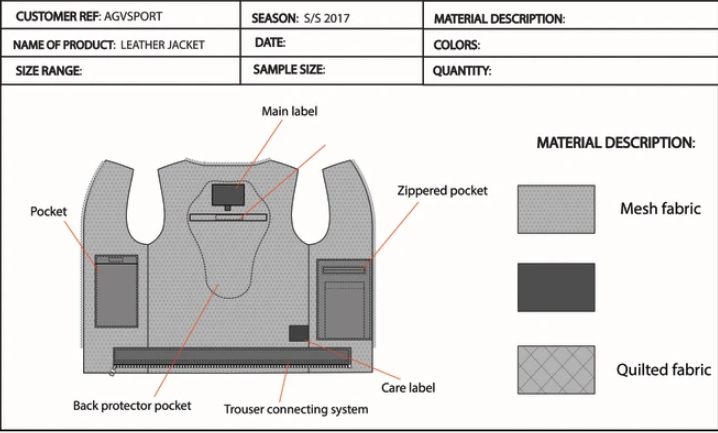
Why Is It Significant to Have a Tech Pack?
A technical pack has many benefits. Some are subtle and only unfold in the long term, and some show their importance in the short term. Let’s walk through some of the advantages of having a tech pack.
-
Improves Efficiency & Helps Avoid Mistakes
Technical packs make it convenient to improve communication between the manufacturer and the product owner. It helps outline all the details in a concise and specific format that is easily understandable, which helps avoid severe mistakes. It is even more important when dealing with foreign manufacturing orders; nothing can go wrong.
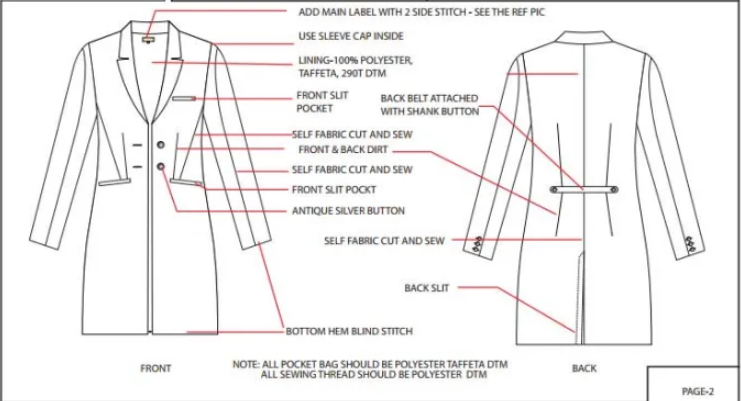
A tech pack is there to ensure that the garment you have designed and are now moving into production is produced to the exact specifications. Any clothing manufacturer can also reduce costs and improve efficiency when reviewing the direction and information on the product in the tech pack. The risk gets minimized when employing tech packs properly.
-
Saves Time & Cost For Upcoming Collections
A tech pack is an evergreen document. It can be reused and referred to at any time when producing new collections or lots for the garment. You don’t always have to build new guidelines and go back to the table to get new tech packs.
When necessary, tech packs can also be modified at any time, and with necessary changes and revival of information, they can be used to produce garments. The usability of these documents is always there.
-
Replicates a Production Line Manual
When producing in bulk, production teams usually refer to a document known as a production manual. But through a detailed tech pack in use, you could well avoid that problem. When beginning the production cycle, you get your point of contact that looks at all the details of your order.
From procurement of the materials, passing instructions to production line workers, and adjusting timelines. The product gets through various departments during the production cycle, and when you have a unified document to refer to, it is a great addition.
-
Removes Delays & Expedites The Process
When you use a technical pack, the unwanted delays get removed, and the whole process of reviewing the samples, perfecting the articles, and moving towards bulk productions gets expedited. Through a comprehensive technical pack, the manufacturer can also plan its usage of the workforce, positively impacting the overall process.
The positive effects begin when you request a quote with the tech pack. The manufacturer can easily break down all the processes and workforce needed for the process and then reflect back to you. This can enable you to make any necessary changes to improve your product’s quality.
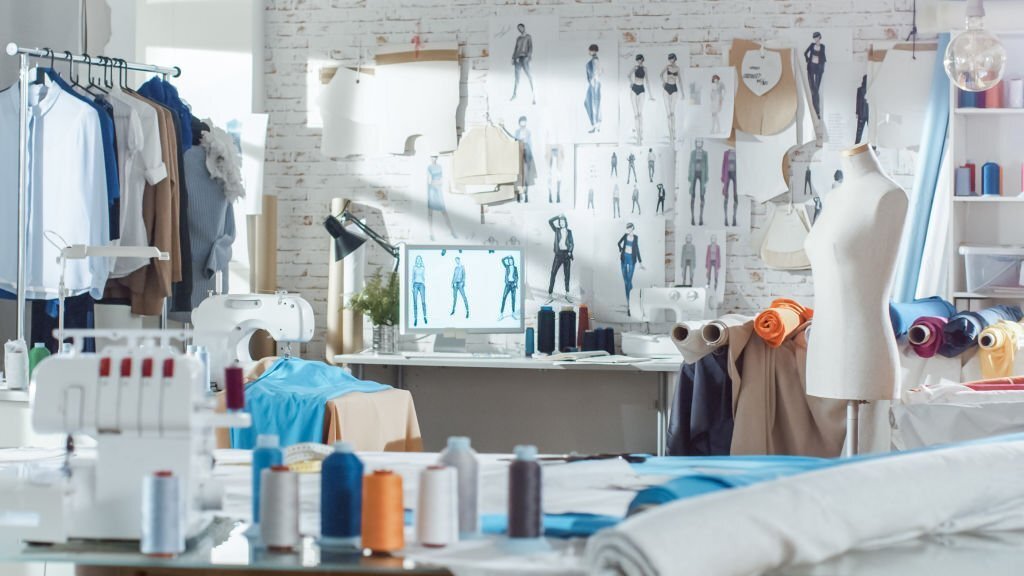
How Can You Create The Best Tech Pack?
This is a very common question. To create the best tech pack, you need to have all the details to put in. In the market, people usually use MS Excel & Adobe Illustrator to design or create tech packs.
These tech packs can have various details that can vary, but in all cases, once you know that all the necessary information is in there, you can call it the best.
Challenges When Creating a Tech Pack
Having said that, there are a few challenges when attempting to make the perfect technical pack through MS Excel and Adobe Illustrator. Let’s know them.
- Inconvenience When Collaborating
- Costly Mistakes & Delays
- Communication Gap
All these pointers may seem identical, but these are very different from each other. Through old-school conventional methods of creating tech packs, these problems are inevitable.
But through modern methods or by using real-time cloud-based document sharing technology, this issue can be easily avoided, which could improve efficiency.
Benefits of Using Third-Party Tech Pack Creator
If you are fed up with those unresponsive and old technical packs, the modern way of creating a tech pack can be the best way to get you started with knowing how to begin with clothing production specifics or getting in touch with apparel manufacturers.
Let’s have a look at the benefits.
- Easy to Create The Tech Pack
- Interactive & Responsive Features
- Convenient To Share With Anyone
- Managed Through Defined Sources Only
- Real-Time Changes to Avoid Delays
Conclusion
A Tech pack or technical pack is essential for many purposes. From ensuring a smooth process to avoiding costly collection mishaps to hefty delays – one could easily avoid them all.
If you are dealing in the industry and figuring out whether or not to start using a tech pack, there are no reasons you shouldn’t. Tech pack has numerous benefits, some of which we discussed today.

